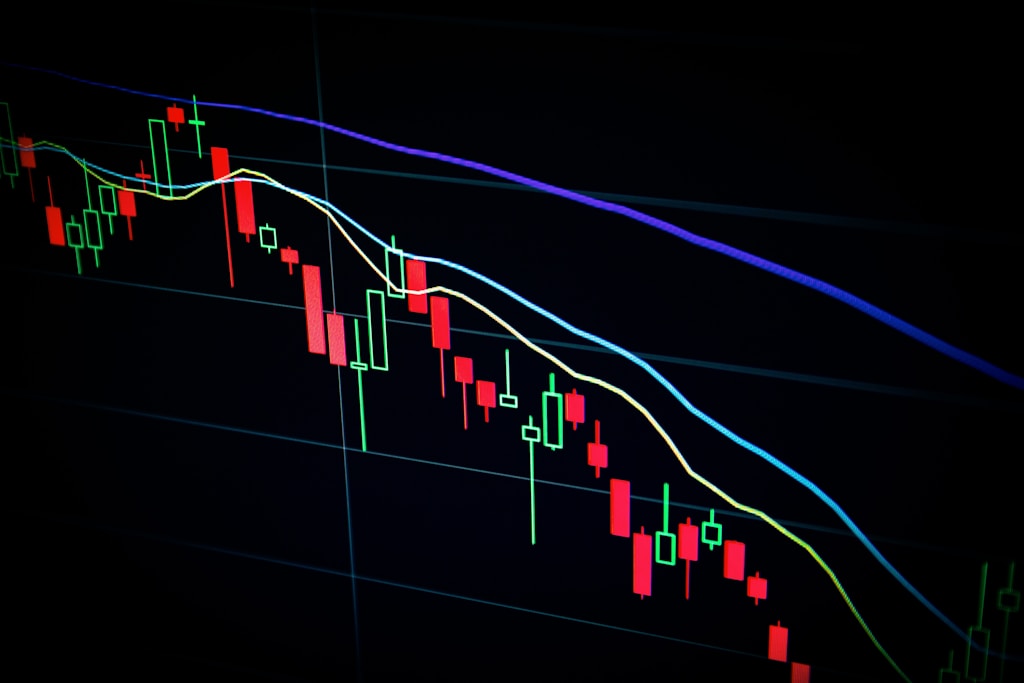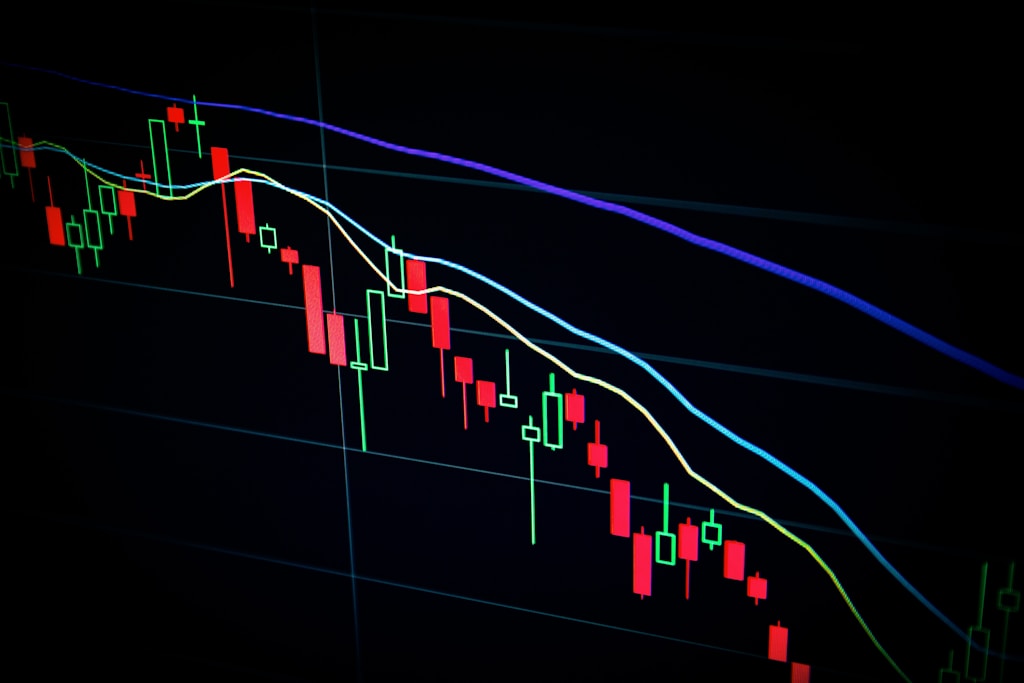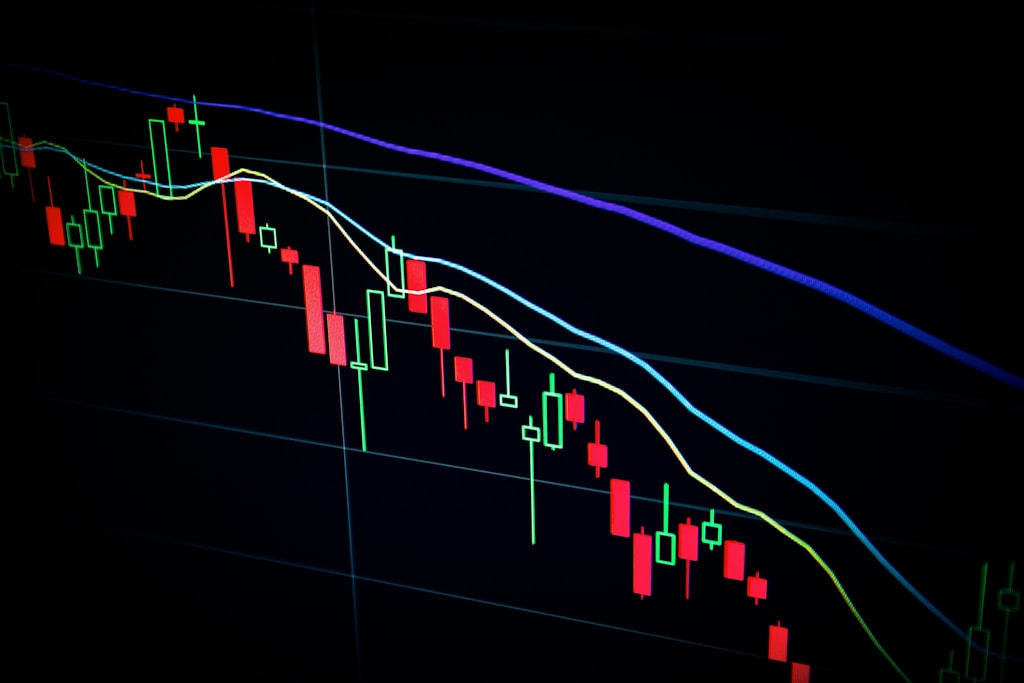In a significant move for decentralized community building, Ethereum co-founder Vitalik Buterin has donated 274 ETH (approximately $500,000) to Zuitzerland, an innovative Swiss Web3 project. The donation, tracked by blockchain monitoring platform Onchain Lens, marks another strategic investment in community-driven initiatives by one of crypto’s most influential figures.
As Ethereum’s price shows bullish momentum near $2,300, Buterin’s donation demonstrates continued commitment to grassroots development despite market volatility.
Understanding Zuitzerland: Evolution of the Zuzalu Experiment
Zuitzerland builds upon Buterin’s successful Zuzalu experiment, which ran from March to May 2023 in Montenegro. The initiative gathered 200 participants for collaborative innovation in technology, longevity research, and decentralized governance models.
Token Sales Fund Community Development
The donation was funded through strategic token sales, including:
- 5,000 Dohrnii (DHN) tokens: $93,882
- 2 trillion LEDOG (DOG) tokens: $16,569
Historical Context: Buterin’s Philanthropic Track Record
This donation follows Buterin’s established pattern of converting gifted tokens into meaningful contributions. Notable previous examples include:
- 2022: SHIB token conversion for Indian COVID-19 relief
- January 2025: Receipt of 10,000 DHN tokens from Dohrnii Labs
- August 2024: Receipt of 10 trillion DOG tokens
FAQ: Vitalik Buterin’s Zuitzerland Investment
Why is this donation significant?
The donation represents one of the largest direct investments in community-driven Web3 initiatives in 2025, highlighting the importance of decentralized governance experiments.
How will Zuitzerland use the funds?
The project plans to host residencies, hackathons, and citywide events focusing on technological innovation and community building.
What’s the connection to Ethereum’s development?
While not directly related to Ethereum’s technical development, the initiative aligns with the blockchain’s core values of decentralization and community-driven innovation.
As the crypto ecosystem continues to evolve, Buterin’s strategic investments in projects like Zuitzerland demonstrate a long-term vision for sustainable, community-driven development in the Web3 space.





